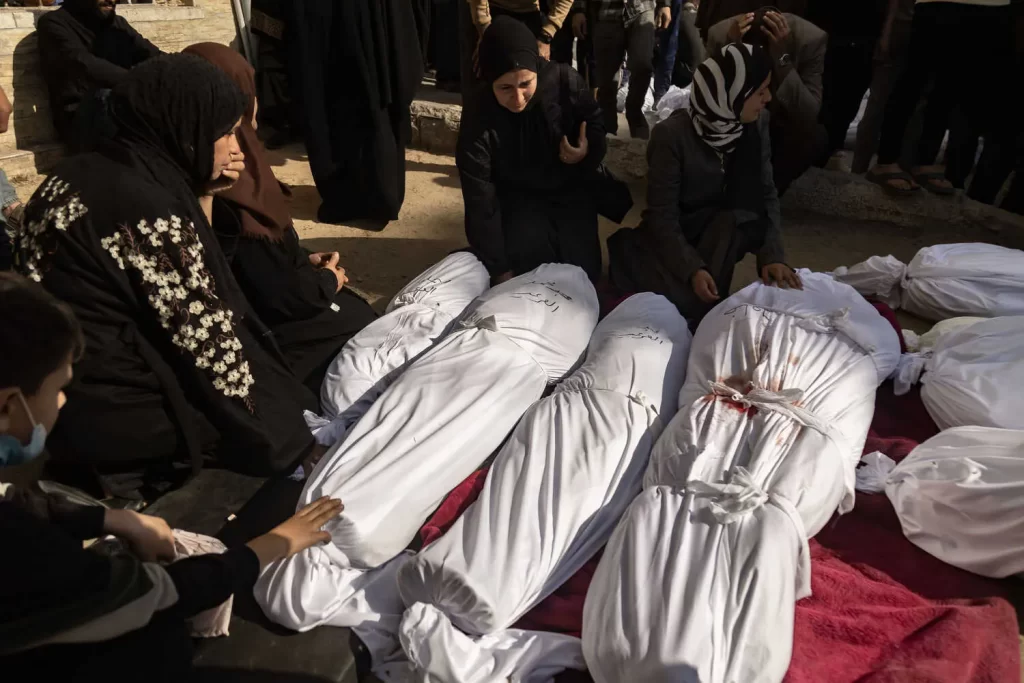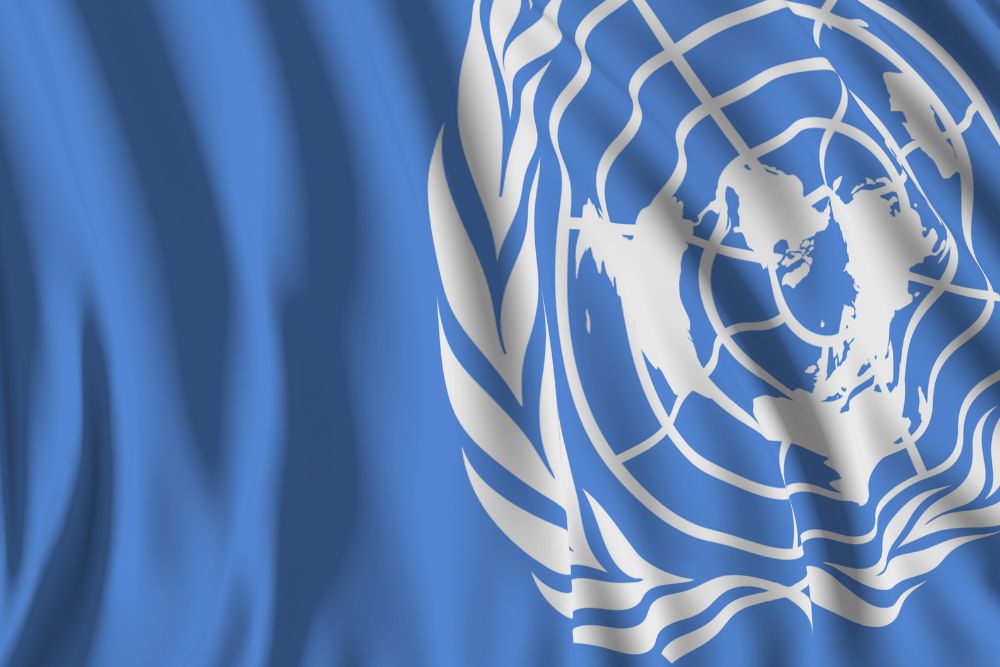By Daily Examiner.
Prime Minister Benjamin Netanyahu of Israel said deadly airstrikes on Tuesday that ended a fragile truce were “only the beginning,” indicating that intense attacks on the Gaza Strip would not stop.
Just before 2:30 a.m. local time on Tuesday, Israeli forces launched extensive aerial attacks across the Gaza Strip. More than 400 Palestinians, including children, were killed, according to the Gazan health ministry, whose figures do not differentiate between civilians and combatants.
The attacks followed weeks of fruitless negotiations aimed at extending the fragile cease-fire, which paused 15 months of devastating fighting in the territory. Israel and Hamas were supposed to be holding talks on the truce’s second phase — which would end the war and free more hostages — but had seen little progress.
“From now on, negotiations will only be led under fire,” Mr. Netanyahu said in his address, suggesting that talks could potentially continue but Israeli attacks on Hamas would not stop.
Hamas accused Israel of deciding to “overturn the cease-fire agreement” and exposing the hostages taken from Israel and being held in Gaza “to an unknown fate.” Hamas, however, did not immediately respond militarily to the attacks.
In Gaza, the intensity of the bombardment recalled the war’s earliest days, when Israel launched a relentless wave of airstrikes in response to the Hamas-led Oct. 7, 2023, attack that ignited the fighting.
“All of Gaza shook,” said Ramez Souri, a resident of Gaza City, in the north, who awoke to the sound of explosions, followed by the rush of ambulances.
The next phase of the cease-fire was supposed to free more hostages taken during the Hamas-led attack on Oct. 7, 2023. Mediators had hoped the talks would lead to an end to the conflict.
But Israeli leaders said they were unwilling to stop the fighting until the end of Hamas’s rule in the territory. Hamas has said it could compromise on civilian control but showed little inclination to disband its battalions of armed fighters or send leaders into exile.
Daniel B. Shapiro, a former U.S. ambassador to Israel, said on Tuesday: “Hamas’s insistence on holding on to hostages as leverage, and Netanyahu’s politically driven refusal to proceed with phase two of the cease-fire, which called for an end to the war and the release of all living hostages, led to this escalation.”
“Hurting Hamas militarily and releasing our hostages are not contradictory objectives, they are intertwined,” Mr. Netanyahu said in his address, pushing back on criticism from some families of hostages and the Israeli public that his political calculations have endangered the captives and arguing that military action has previously helped lead to the release of hostages.
The White House press secretary, Karoline Leavitt, said Israel had consulted the White House before launching the strikes.
Here’s what else to know:
-
Militants killed: Hamas confirmed the deaths of five senior officials. Two, like Yasser Harb, were in the group’s political bureau. Others, including Bahjat Abu Sultan — director of Hamas’s feared internal security agency — held senior security roles. Another militant group, Palestinian Islamic Jihad, also said the spokesman for its military wing, who was known as Abu Hamza, had been killed in the Israeli strikes.
-
Fate of hostages: Fewer than half of the 59 hostages remaining in Gaza are thought to be alive, according to the Israeli government. The renewed fighting left the hostages who had returned to Israel during the recent cease-fire in anguish, and they said they feared for those left behind.
-
Evacuation orders: The Israeli military ordered Palestinians living in parts of Gaza close to the border with Israel to leave their homes, labeling the areas “dangerous combat zones.”
-
Aid halted: This month, Israel stopped allowing humanitarian aid into Gaza, another effort to pressure Hamas at the negotiating table.










